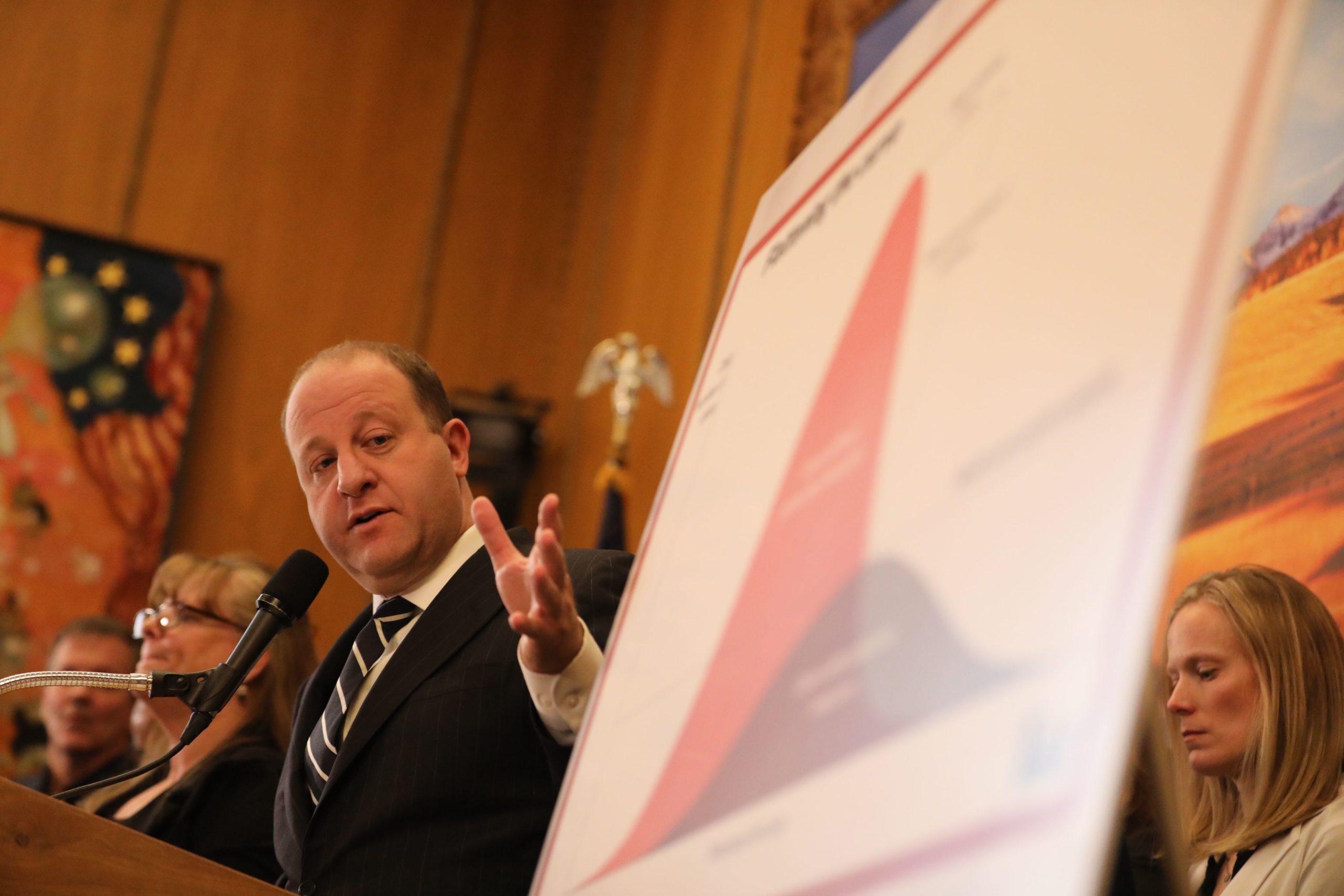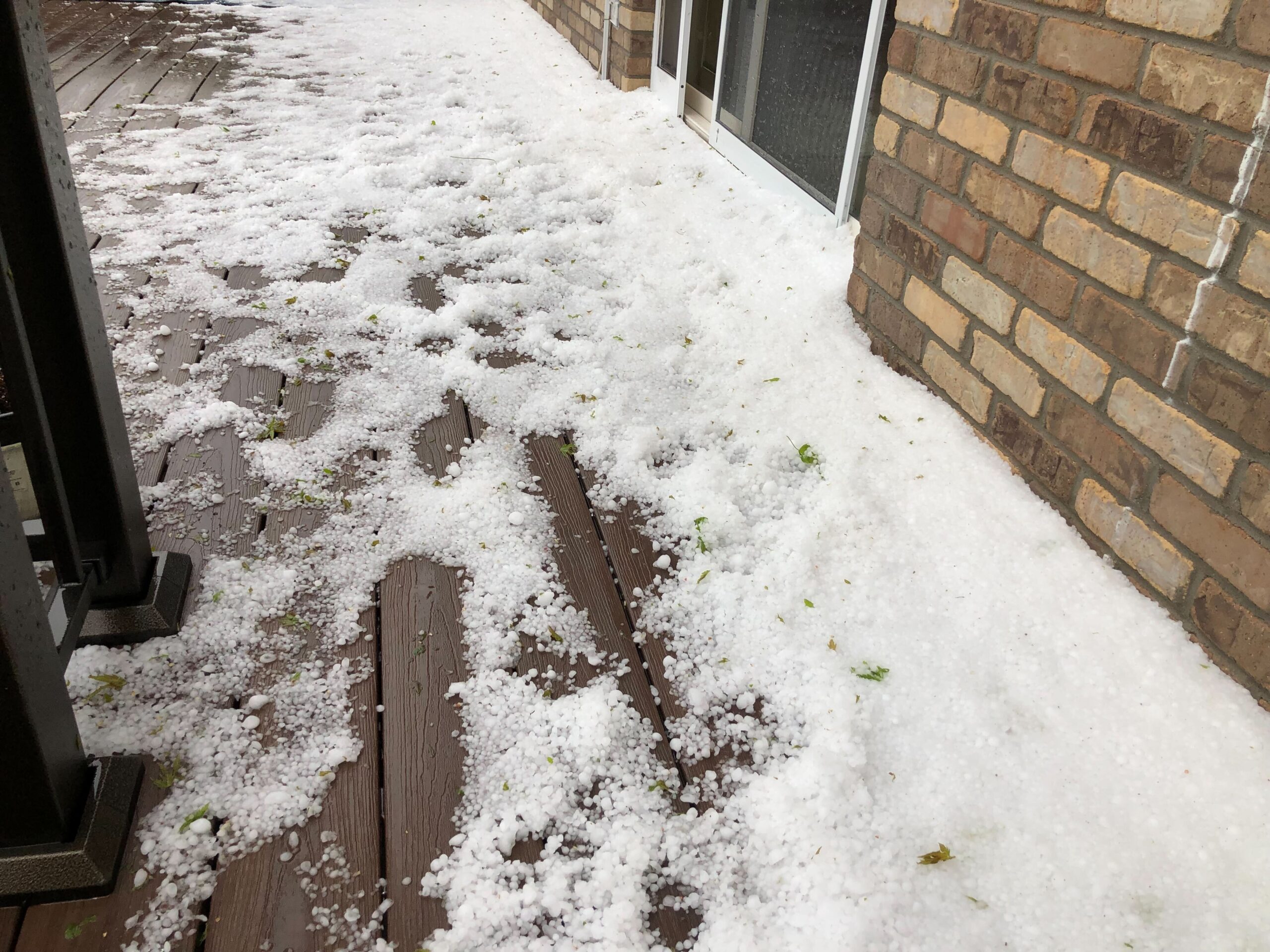
From all sides, Coloradans are hearing about the importance of isolating and distancing themselves from other people to prevent the spread of COVID-19, but what are people supposed to do when they’re sick?
On Monday, Gov. Jared Polis opened up one possible solution by ordering health insurers to eliminate all costs on telehealth services related to COVID-19.
What is telehealth?
Telehealth can refer to a number of different healthcare services, but the state’s directive was specifically aimed at remote doctor visits either by phone or by video or text chat online. These services are already available under most Colorado health plans, but many usually require users to pay for the service.
Virtual visits are not meant for real emergencies or to replace care for a chronic problem. They work well for people who have concerns or questions about a health issue they’re experiencing, but don’t need direct care.
Why use telehealth during the pandemic?
Under normal circumstances, virtual and phone doctor visits can be used during a sudden and minor health incident. These incidents could be something like minor flu or cold symptoms or a small injury -- something that you would go to urgent care for, but not the emergency room.
During the spread of COVID-19, telehealth is an option for people to consult a doctor without exposing themselves to people at a doctor’s office or hospital who may have COVID-19. It allows people to get healthcare while still practicing social distancing.
“These telemedicine visits are really valuable at a time like this,” said Dr. Amy Duckro, Kaiser Permanente’s lead infectious diseases expert for Colorado. “We want to provide people answers to their questions without the stress of being out in the community.”
Read more: How do I get tested for COVID-19?
For people who are showing symptoms of COVID-19, a virtual visit is also a good place to get answers on what to do next. With a few questions, doctors can help a patient determine if their symptoms fit the description for the virus or for something else. Virtually, doctors can also recommend testing or that the patient go see a doctor.
“By using telehealth, patients can be triaged for COVID-19 testing or in-person care as needed, while keeping those with less acute symptoms at home and reducing exposure to others whose symptoms necessitate hospitalization or in-person care,” a spokesperson for the Colorado Department of Public Health and Environment wrote in an email.
At this point, if you're insured in Colorado, you should have access to telehealth services.
Insurance providers that are regulated by the state of Colorado are required to cover telehealth services. This includes any insurance purchased through the state’s healthcare exchange, Connect for Health Colorado, individual plans purchased directly through a company or agent, and most employer-provided insurance. These plans all have telehealth options that can be accessed through the insurer itself. Specific instructions for telehealth visits will vary by insurer and can be obtained by calling or visiting the insurer’s website.
Under Polis’s new directive, all of the aforementioned plans must offer their telehealth services free of charge when it relates to COVID-19. All the state-regulated insurers have confirmed that they will comply with this directive, and the formal, legally binding regulation is expected to go out early next week.
Insurance plans from an employer that are self-funded -- meaning that the employer itself serves as the insurer and directly pays medical costs -- are not regulated by the state, and neither are limited benefit health insurance plans or health care sharing ministries. These plans may not offer telehealth services. If they do, they will not necessarily be free of charge.
The uninsured can obtain telehealth services directly from a provider, but it may carry costs. The COVID-19 hotline is also helping guide people to telehealth services based on their personal insurance situation.
Telehealth services will need to scale up.
According to CDPHE, the various state health departments are evaluating their own systems to determine how to best harness telehealth services. This may open more options for uninsured people going forward.
Dr. Duckro said that Kaiser Permanente has already seen a marked increase in the use of their virtual visits and chat services. She said that the provider is prepared to shuffle more staff towards telehealth if it becomes necessary.
There are, of course, signs you just need a doctor visit.
The CDC released a list of emergency warning signs for when a person should visit the emergency room. These include: difficulty breathing or shortness of breath, persistent pain or pressure in the chest, confusion or bluish lips or face.









